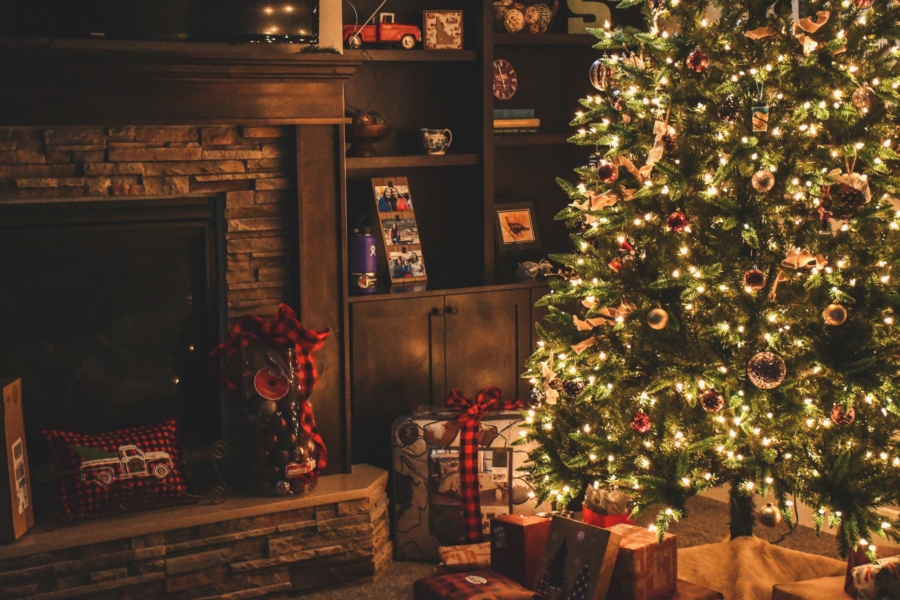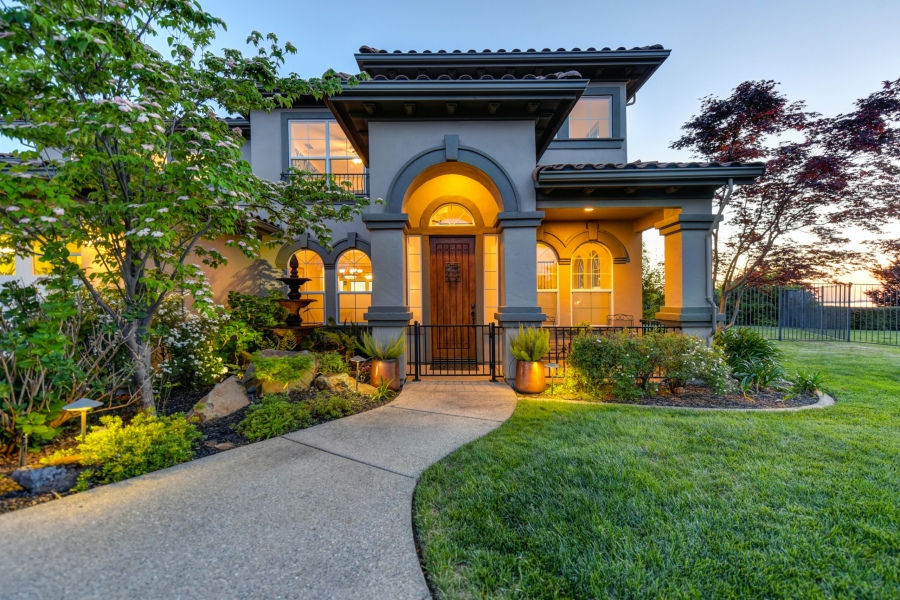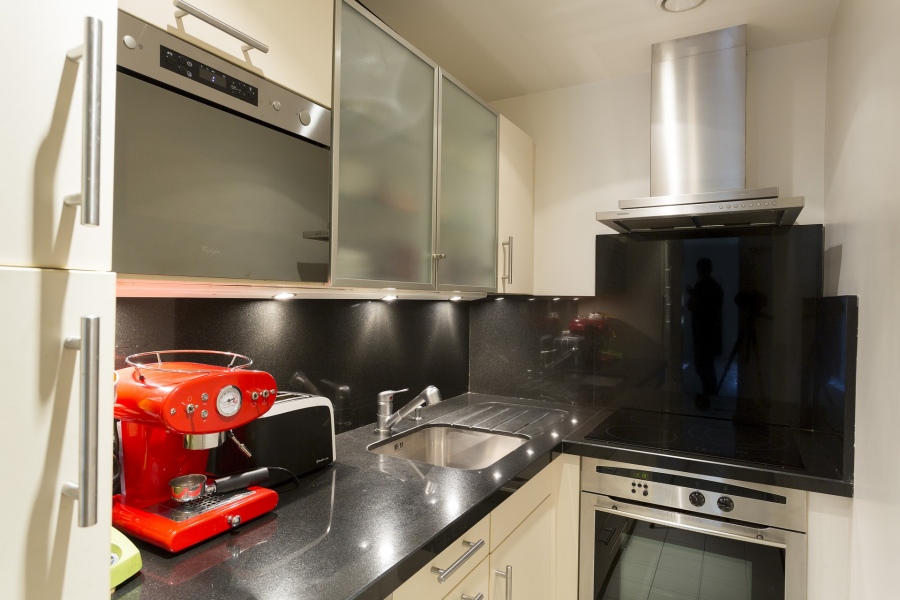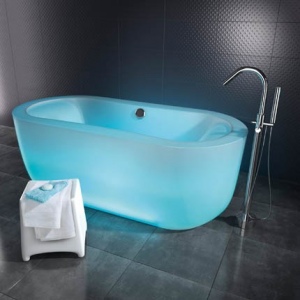Many vacation properties are located in areas that can be damaged easier by Mother Nature. Since many people choose to build cottages in the middle of the woods, near lakes and on the shore, natural wear and tear can cause the structural integrity of the building to deteriorate over time. Having the right insurance from My Insurance Broker will keep you and your asset covered during an emergency situation.
Under Insured Cottages
One of the biggest mistakes homeowners make when it comes to protecting their summer homes and cottages is not buying enough insurance. Make sure you buy enough insurance to cover the costs of any natural disasters, repairs and any burglaries that take could take place within the home. If you rent out your cottage during the times when you do not reside in it, you’ll need to make sure you are insured should anything happen to your tenants or guests in times when you are not there. Find out the maximum amount of insurance you can purchase for your cottage and what this amount covers. Use an insurance estimator checklist to determine how much insurance is best for your home and how much coverage you’d need in the case of an accident or natural disaster.
What’s Covered in Your Plan
Since cottages are often more susceptible to claims involving weather and natural disasters, you’ll need to make sure you have the right coverage. You’ll want to get more coverage on this type of home than for a home you live in year round. Since cottages often come with sheds, outbuildings, mother-in-law apartments, caretaker homes and other buildings that are not a part of the main structure, you’ll need to get these buildings covered too. Burglary (a theft that includes forced entry into the home) is usually included in a policy.
What’s Not Covered in Your Plan
Garden-variety theft is usually not covered in a plan, unless forced entry was used to gain entrance to the house (and it is considered a burglary). Some acts, like vandalism and malicious acts might not be included in your coverage, but you can usually add these to your coverage for an additional fee. If your roof were to collapse due to snow or a falling tree branch, this would probably not be covered under a basic policy either.
Maintaining Your Home for Safety
Keeping your home maintained is one of the best ways you can keep it safe throughout the year. Always make sure you have someone to check on your cottage for you when you are not in the area. Hire someone to take care of the grounds and to make sure everything is in order.
Check the roof routinely for cracks and issues. Roofs often need to be replaced every 15 years, so you might need to make sure it is still sealed properly—especially if your cottage has been in your family for years. A rotted roof can lead to water damage inside the house, including structural damage and the damage of your furniture and other belongings.
If your cottage is in an area that gets a lot of snow in the winter, make sure you clear the snow off the roof routinely or have someone do this for you. If your roof collapses as the result of heavy snow, you might not be able to file a claim. Make sure the basement is free of water and that the sump pump is working properly. Water damage is one of the most common ways a home can be damaged when its owners are away. Since water damage can spread rapidly through a home, it can damage belongings, furniture and the structural integrity of your home.
Although your summer home or cottage is not a place where you live year round, you still need to take the right safety precautions to ensure it’s safe for you, your guests and your family members to use for generations to come.





